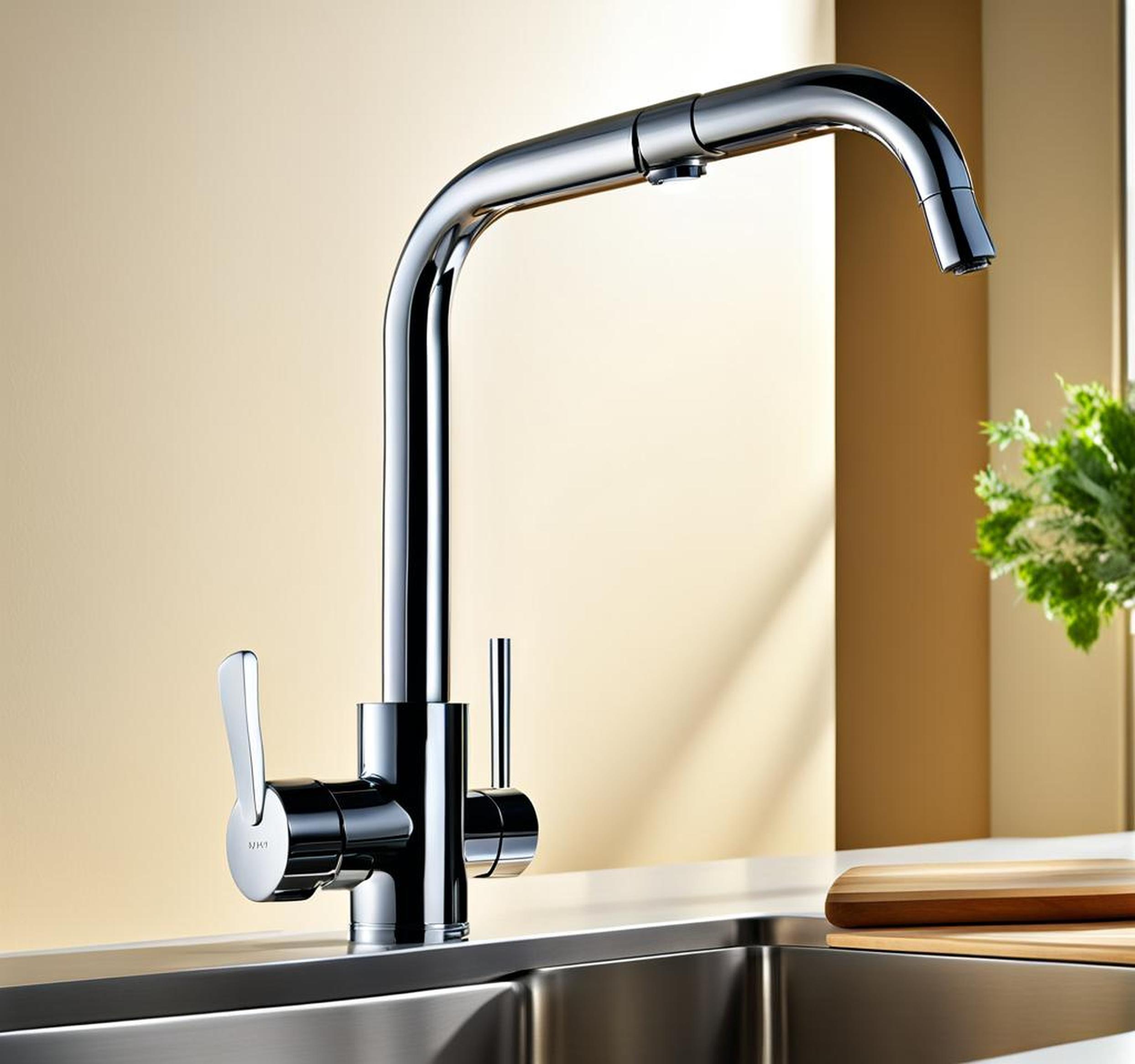Having your kitchen faucet suddenly stop working can be incredibly frustrating. No water flow makes tasks like washing dishes, preparing food, and more much more difficult.
Fortunately, with some basic troubleshooting, you can often get your kitchen faucet up and running again quickly and easily.
Potential Causes of a Kitchen Faucet Failing Unexpectedly
There are several reasons why your kitchen faucet could unexpectedly stop delivering water:
- Clogged aerator
- Closed shutoff valve
- Crimped supply lines
- Loss of water pressure
- Faulty cartridge
- Loose or missing internal parts
Finding the specific cause of the problem is the key first step toward getting your kitchen faucet working again.
Clogged Aerator
The small screen on the tip of faucets is called an aerator. It mixes air into the water flow to prevent splashing. Over time, mineral deposits and sediment can collect in the aerator and restrict water flow.

Signs of a clogged aerator include reduced water flow, spraying or irregular stream, and easy clogging of the screen with mineral deposits. To clean, unscrew the aerator and remove any stuck particles. You can soak it in vinegar to dissolve hard water deposits. Once clean, replace the aerator and test water flow.
Shut Off Valve Closed
Check below your sink to make sure the shut off valves controlling water supply to your faucet are fully open. These valves allow you to shut off water access when making plumbing repairs. If someone closed the valves, no water can reach the faucet.
Locate the hot and cold shut off valves and turn them counterclockwise as far as they will go. This should restore full water access. Test your faucet to see if proper water flow has been restored.
Crimped Supply Lines
Flexible supply lines carry hot and cold water from the shut off valves up to the faucet. If these lines get kinked or bent sharply, it can prevent water from flowing properly.
Inspect the supply lines for any tight bends or crimps. Straighten or reposition them as needed. If the lines are damaged, replacing them with new supply lines will ensure smooth water delivery.
Other Potential Causes of Kitchen Faucet Failure
If your kitchen faucet still won’t work after inspecting the aerator and supply lines, there are a few other likely culprits:
Loss of Water Pressure
Kitchen faucets need adequate water pressure to activate and produce a steady stream. Pressure loss anywhere upstream of the faucet can affect water flow.
Check if other faucets have also lost pressure. Verify that the main home water shut off valve is fully open. Issues with the pressure regulator, a leak, or frozen pipes reducing the overall home water pressure could also be to blame.
Damaged Cartridge
The cartridge is the inner workings of the faucet that controls water flow and mixing. Over time, these small parts can wear out or get stuck.
Replacing a faulty cartridge with an identical new one can often quickly fix a non-working kitchen faucet. Look up your faucet make and model to find the right replacement cartridge.
Loose or Missing Parts
Finally, a leak or component failure inside your faucet could stop water delivery. Worn washers, O-rings, nuts, and bolts can all affect function. Carefully inspect your faucet and tighten any loose parts. Replace any broken or missing gaskets, seals, and other internal pieces.
Temporary Workarounds and Quick Fixes
In a pinch, you can try some temporary measures to get your kitchen faucet working in the short term:
- Remove the aerator
- Disconnect and clean supply lines
- Wiggle and pull out cartridge
- Tighten nuts and connections
However, these band-aid solutions are not permanent repairs. Continue troubleshooting to fully diagnose and fix the underlying problem.
Calling a Plumber for Kitchen Faucet Issues
While most kitchen faucet problems can be addressed DIY, there are times to call for professional assistance:
- No water to the entire house
- Low pressure at all fixtures, pointing to a house-wide issue
- Signs of corrosion or calcium deposits indicating larger problems
- Not able to locate shutoffs or supply lines
- Damage that cannot be accessed or repaired
For complex diagnoses and repairs, hiring a professional plumber can be beneficial. They have the expertise and tools to efficiently handle challenging faucet issues.
Preventing Kitchen Faucet Breakdowns
With proper care and maintenance, you can avoid many kitchen faucet problems:
- Clean the aerator regularly
- Replace washers and O-rings as needed
- Use faucet properly and avoid abuse
- Upgrade old fixtures before issues start
- Install protective supply line covers
- Invest in quality faucets built to last
Putting some preventive effort in now pays off with fewer unexpected faucet failures down the road.
While a suddenly non-working kitchen faucet can certainly be disruptive, in many cases the fix is easier than you may think. Methodically troubleshoot each potential cause, starting with the simplest solutions first.
You can often get your kitchen faucet back up with a little work. But don’t hesitate to call in a professional if you encounter any issues requiring large repairs or plumbing expertise.
